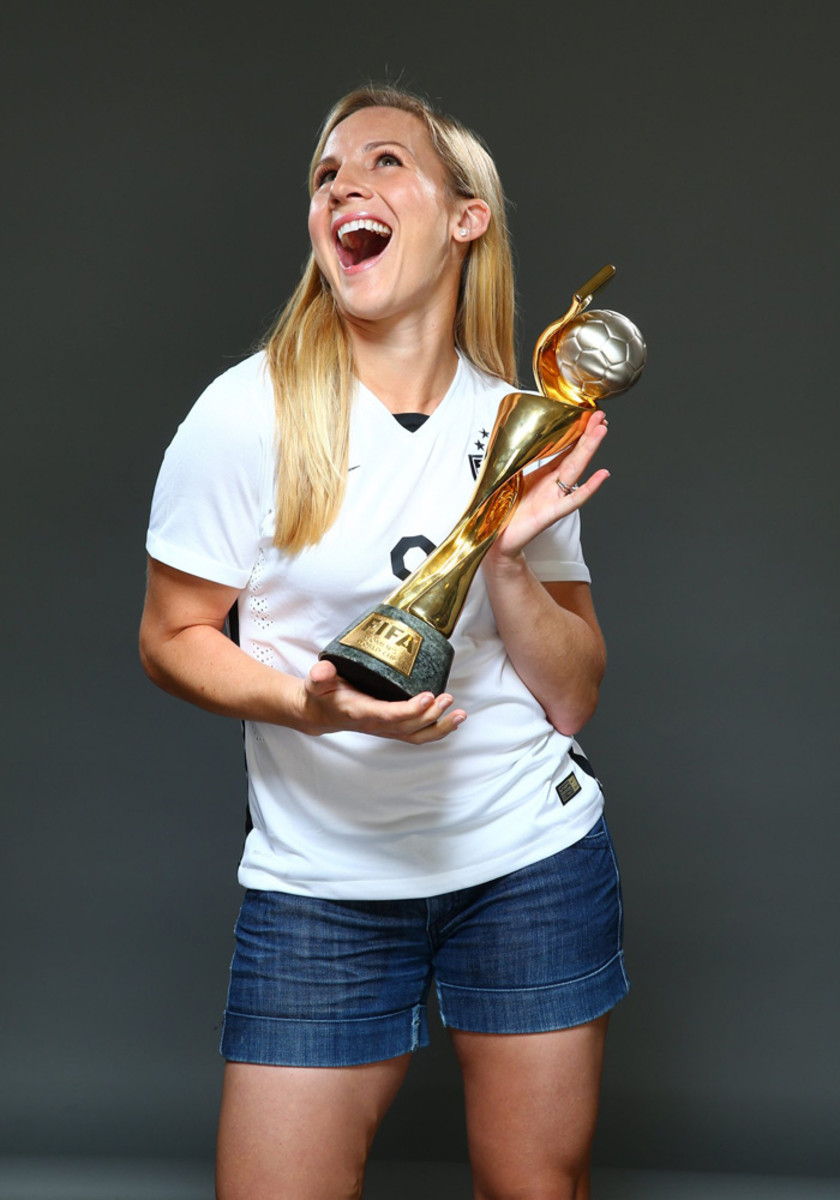The story behind the goal and the star: Carli Lloyd's rise to World Cup hero

This story appears in the July 20, 2015, issue of Sports Illustrated. Subscribe to the magazine here.
The seeds for the greatest goal in U.S. soccer history were planted 12 years ago on an otherwise deserted field in Lumberton, N.J.
Carli Lloyd and James Galanis, the Jersey Girl and her Aussie coach, began working together in 2003, not long after Lloyd had been cut from the U.S. Under-21 team. Dejected and out of shape, she was about to quit the sport for good. But with Galanis she rekindled her love for soccer, and during their two-a-day workouts he began setting up training sticks around the penalty spot, mimicking a goalkeeper. Then he would ask Lloyd to move back to the center circle and take aim at the goal, bouncing 50-yard shots around his faux keeper into the net.
Lloyd was skeptical: “I’m thinking, 'Who is going to shoot from midfield?'”
Over the years, as Lloyd ascended to the senior national team and became one of its most productive central midfielders, she tried to score from the halfway line on a few occasions.
“She missed every time,” says Galanis. “A couple of times it went just wide, and one time she completely shanked it. But [that shot] was always part of her arsenal. It was just a matter of picking the right moment to unleash it.”
Like, say, in a World Cup final?
Carli Lloyd turns in Women's World Cup final performance for the ages
On July 5 at Vancouver’s BC Place, Lloyd pounced on a Japanese turnover near midfield, evaded a tackle and looked up to see goalkeeper Ayumi Kaihori off her line. In an instant, Lloyd was back on that dimly lit field in south Jersey, back in a place where there was no sold-out 53,000-strong crowd—and most certainly no U.S. television audience of 26.7 million, the largest ever for a soccer game, male or female.
With her right foot Lloyd launched an angry parabola downfield, and for a moment everything was in slow motion: the arc of the ball, Kaihori’s stumbling retreat and then the goalkeeper’s final desperate lunge as she tipped the ball off her post and into the net.
Bedlam.
Wildfires in the region had already released the power of one natural phenomenon that day, darkening the sky, leaving the open-topped stadium smelling like a campfire. And now another one—the deafening roar of the pro-American crowd—threatened to send the building into orbit.
'15ers create own history: Lloyd leads USA to record 3rd Women's World Cup
The U.S. had scored four goals in the first 16 minutes of the World Cup final. Three had come from Lloyd, the last this wonderstrike from the halfway line. It was nothing less than the most remarkable quarter-hour in the history of American soccer. Defending champion Japan was done, the victim of a first-round KO, and the U.S. would go on to win its record third Women’s World Cup title (and first since 1999) in a 5–2 victory for the ages that ended with Lloyd lifting the Golden Ball trophy.
Watching the game while on vacation with his family in Greece, Galanis (who also helped defender Julie Johnston get to the next level by working with her last winter) pogo-sticked around his hotel room in the wee hours of the morning. “It wasn’t a fluke,” he says of Lloyd’s moonshot. “It’s something we’ve worked on. She had the courage to do it.”
Two days later, in a 10th-floor aerie above downtown Los Angeles, Lloyd herself could finally reflect.
She had just celebrated with her 22 teammates—and 10,000 U.S. fans—at a rally shown live on national television. Three days after that the team would be in New York City for a ticker-tape parade down the Canyon of Heroes in front of tens of thousands more admirers. President Obama would name-check Lloyd on Twitter and ask her over the phone what she’d eaten for breakfast the day of the final. Amid all this, Lloyd shook her head and marveled at the moment, to say nothing of The Moment.
“Never did I think I would score a goal from midfield in a World Cup final,” she said. “But instincts kicked in. From practicing it, it happened.”
More than any World Cup in recent memory, this year’s was a reminder that for any champion the trajectory of a tournament is rarely a straight line of global domination. The Americans saved their best for their toughest two opponents, Germany (in a 2–0 semifinal win) and Japan. During the group stage, however, the team was a shadow of its usual self in the attack. Tasked with defensive duties, Lloyd and her central midfield partner, Lauren Holiday, failed to generate offense, and the top-seeded U.S. hardly looked like a juggernaut.
Lauren Holiday retires from USWNT a champion after decade of dedication
“I was not in a good place the first three games,” says Lloyd, who had scored the winning goals in the 2008 and ’12 Olympic gold medal games. “You come into a tournament like this, and you expect you’re going to be firing on all cylinders all the time. And I’m my own worst critic. If I under-perform, I’m not happy. I think, overall, we were super solid defensively—even me. But I just wasn’t doing what comes naturally, what I can do to have an impact.”
After the last group-stage game, a tepid 1–0 victory over Nigeria, Lloyd met privately with coach Jill Ellis. The message from above was simple: Don’t stress. We’re going to get you going. Lloyd enjoyed a bit more attacking freedom in the next game, a 2–0 win over Colombia in the round of 16, and she says that converting a late penalty kick, her first goal of the tournament, helped flip a switch inside.
With Holiday serving a yellow-card suspension in the quarterfinals, Ellis inserted Morgan Brian as a pure defensive midfielder, allowing Lloyd to wreak havoc in a more advanced position. After scoring zero goals in the first three games, Lloyd had six in the last four.
“It’s just unbelievable,” Lloyd says. “The way it was starting out for me, I didn’t think it would end up like this. I really didn’t.”
Says Galanis: “They weren’t going to win it by playing Carli the way they played her the first three games. That tweak—putting Carli higher—is what won them the World Cup. That’s the reality.”
Brian's ascension settles midfield, fuels USA's run to World Cup title
In the days after the tournament, Lloyd, who turns 33 on Thursday, realized her life had forever changed. She dined with relatives at an L.A. restaurant, where strangers cheered and the check magically disappeared. She signed an endorsement deal with Visa (and will undoubtedly ink several more). But all along, Lloyd couldn’t help but think back to the days in 2003 when she decided she was done with soccer and began planning for life after graduation from Rutgers—maybe a desk job in an office somewhere.
One day her father, Steve, asked her to meet with Galanis, a former professional player from Melbourne who’d moved to New Jersey in 1997.
“My daughter needs you,” Galanis remembers hearing from Steve Lloyd.
As Carli recalls, “When my dad came to me, he said, ‘Look, I know you’re upset; you want to hang your cleats up. But I think this guy is legit. Just do an evaluation with him, and if you still want to quit, you can. But just give it one more shot.’ ”
When Galanis put Lloyd through an hourlong skills test, he says, he saw a player with advanced technique and a craftiness that had been developed from a young age in Delran, where Lloyd played with boys on a field named after U.S. Hall of Famer and current Sporting Kansas City manager Peter Vermes. But she was exhausted after 15 minutes, and in a physical test the next day, Galanis says, Lloyd “was so unfit, it was pitiful.”
When he asked her what she wanted to achieve, she told him her goal was to play for the senior national team. And so he laid out what had to happen. One, her fitness had to become world-class. Two, she had to force her coaches to put her into the team; she had to quit making excuses. And three, she had to make soccer the No. 1 priority in her life.
Enthusiasm, hope abound as USWNT earns historic New York City parade
“Forget about friends, forget about family, forget about boyfriends,” Galanis told her. “If this isn’t No. 1, let’s just walk off the field right now. What I’m saying to you, Carli, is that at 10 o’clock on a Saturday night, if I call you and say, ‘I’ll meet you at the field in half an hour,’ and you’re at a party with your friends, don’t tell me, ‘Sorry, Coach, I’m at a party.’ You’ll turn to your friends and say, ‘Sorry guys, I have to leave; I’m going to training.’ Do you understand the commitment here?”
Lloyd answered yes, thus beginning a quasireligious routine that continues to this day. When Lloyd is with her club team, the NWSL’s Houston Dash, Galanis sends her extra fitness and skill work. And during the off-season, from September to February, the two train in New Jersey twice a day, seven days a week, including on Thanksgiving, Christmas and Easter. The message sent by training on holidays is a psychological one: They know the competition isn’t. It’s the same type of message that Lloyd communicated to her friends, family and fiancé, Brian Hollins, by asking them not to come to this World Cup, the better for her to focus entirely on her job.
Is Lloyd hardcore? You bet she is. “I think every single person thinks I’m a freak, but I think it’s cool,” she says with a laugh. “But why would I want to be like everybody else?”
The Jersey Girl and the Aussie coach have a tradition. Before every major tournament, Galanis writes Lloyd an email. In the lead-up to this World Cup he explained that in 2007 and ’08 he had to trick her into thinking she was fit because even then she wasn’t truly a 90-minute player. Now, he wrote, “it’s the total opposite. You’re one of the fittest players on the planet.”
“Fitness, defending, the mental stuff—those were all weaknesses of mine,” says Lloyd. “And I turned those into strengths.” Old-fashioned coaching tricks yielded a World Cup hat trick.
With Women's World Cup complete, where to watch USWNT players next
Twelve years ago, when Lloyd was about to quit soccer, she listened as Galanis told her about Michael Jordan and Muhammad Ali and Bruce Lee, who all shared a common quality: They trained when nobody was watching. And so she did the same. In many ways, it was symbolic of Lloyd’s national team career before this breakout. True, she had scored some big goals over the years, but she was never the main attraction, never the odds-on favorite to become the World Player of the Year.
All that changed over a few days in Canada, only now there were millions of onlookers.
“I have flown under the radar for a while with U.S. Soccer,” Lloyd said in L.A. last week. “I’m not really put out front and center. I don’t really worry about doing my hair and makeup. I just let my play do the talking. And I think it’s really cool that I’ve put my head down all these years and have continued to work day in and day out. And now? To get to this point, because of all that, not because I know somebody or because I’m posing for magazines? It’s because of what I’ve done on the field.”
She earned it. Her team earned it. And after waiting 16 long years, America has another World Cup champion.
GALLERY: SI's USWNT cover shoot outtakes
SI's U.S. Women's World Cup title cover shoot - The Outtakes
Megan Rapinoe
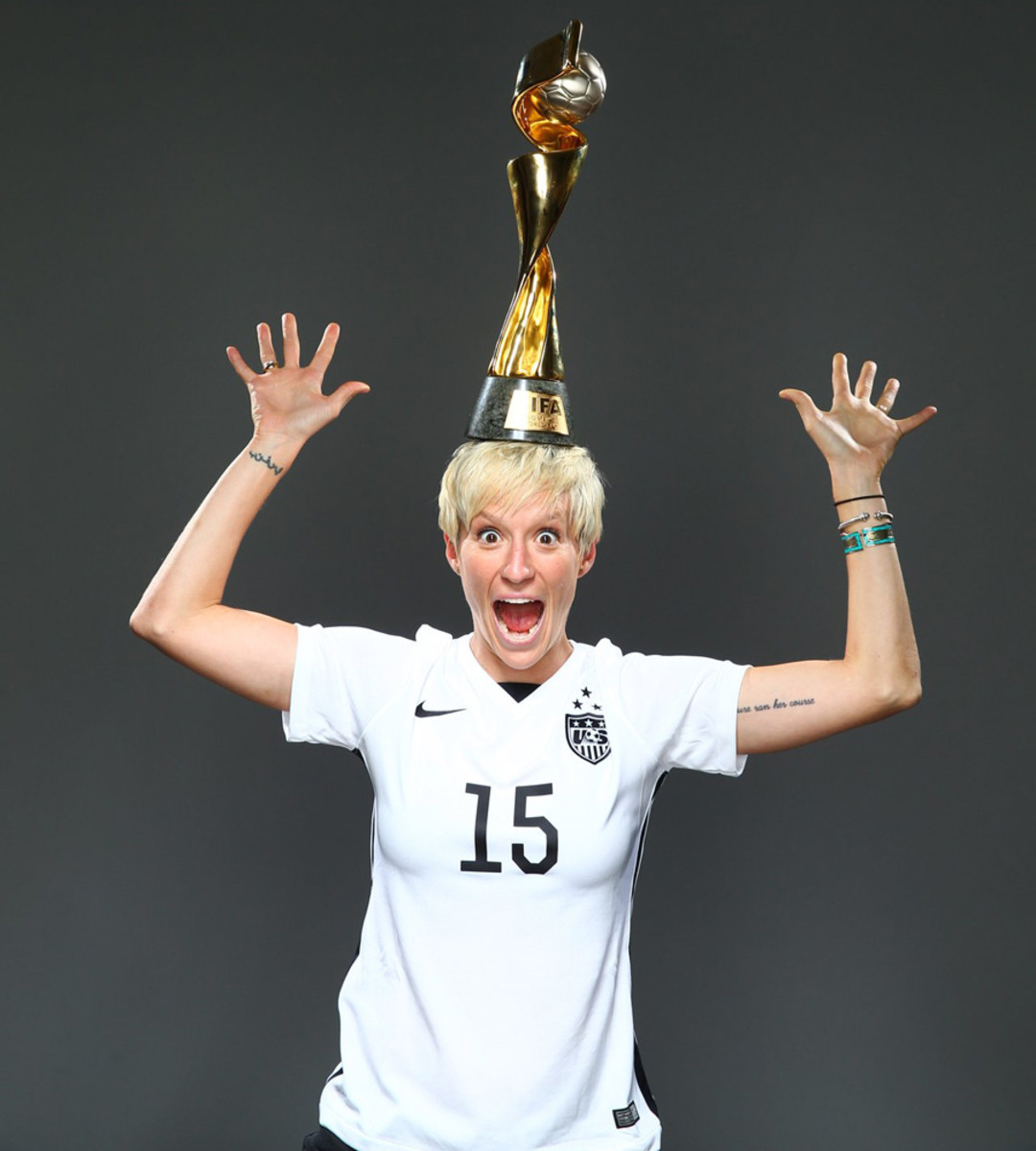
Megan Rapinoe
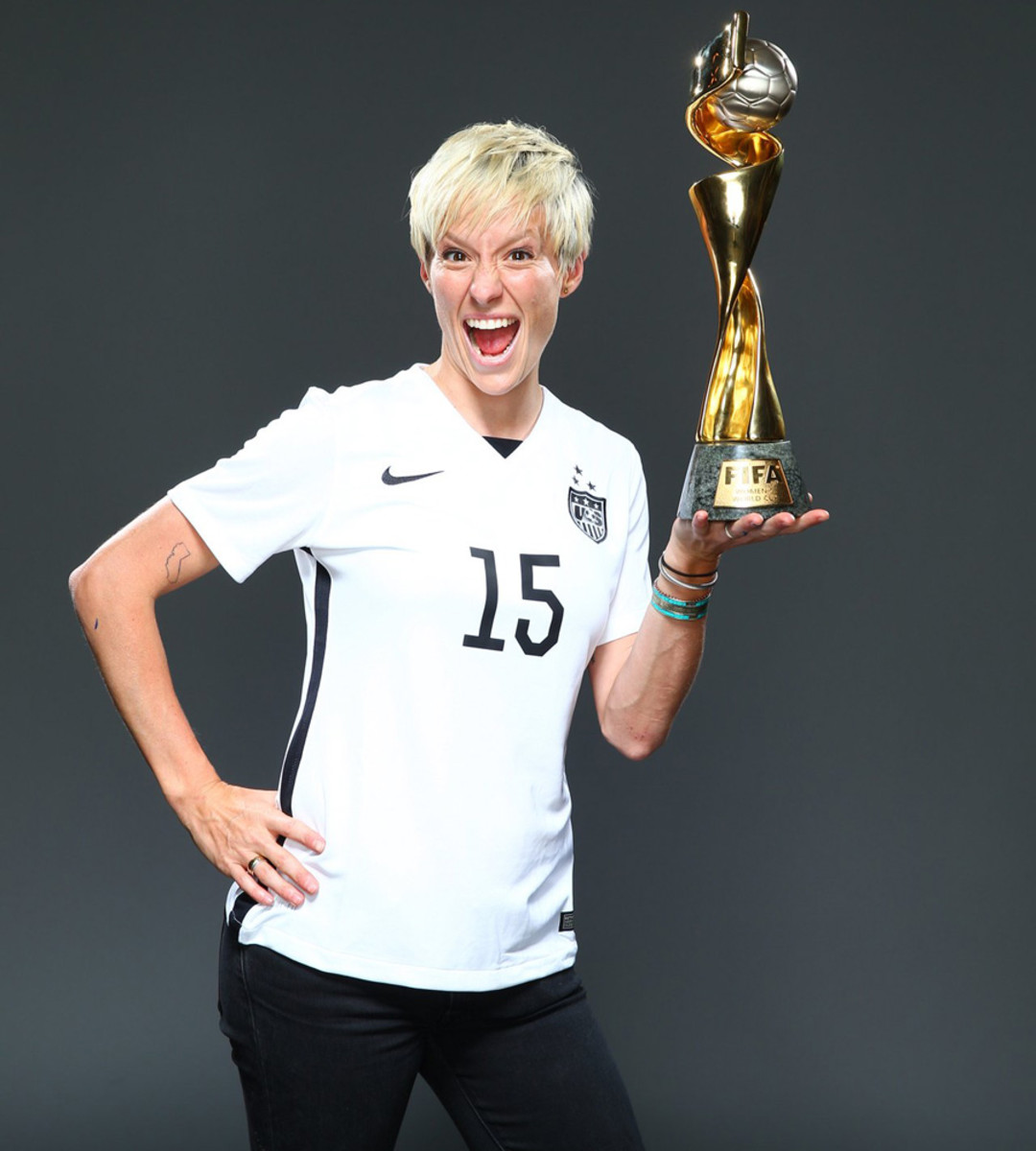
Kelley O'Hara
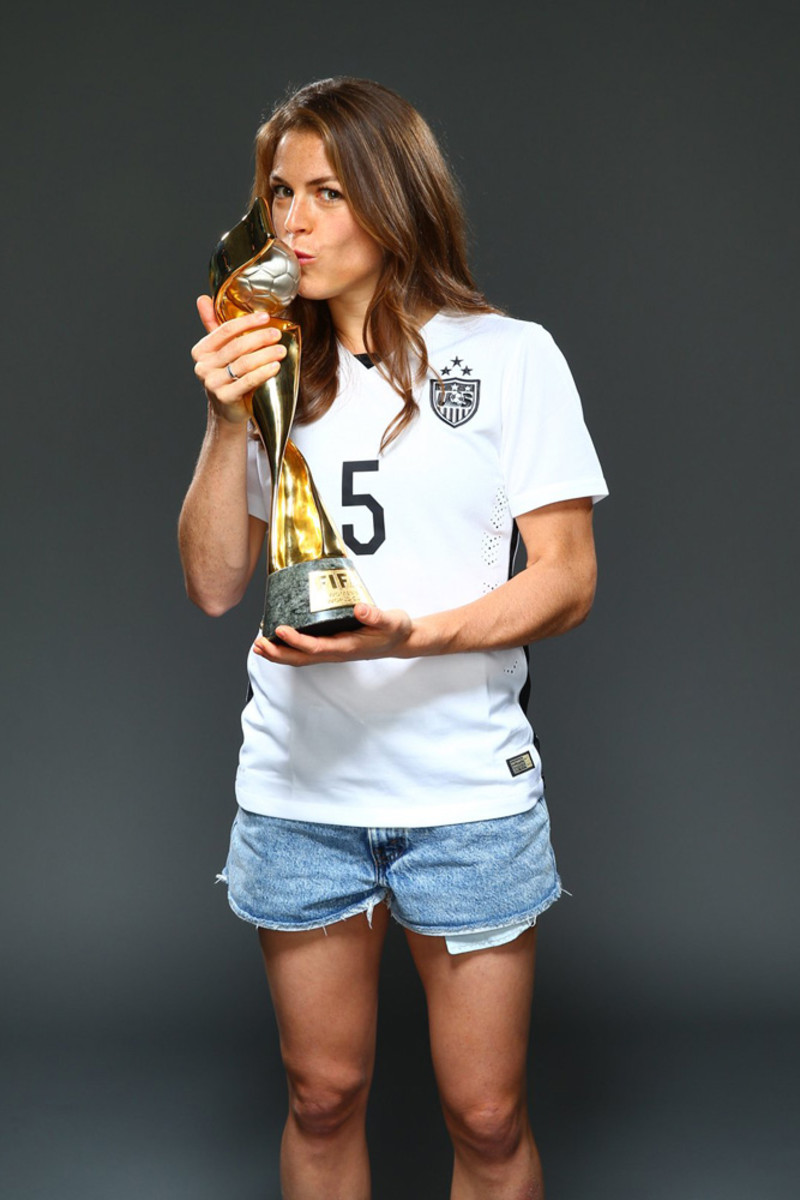
Abby Wambach
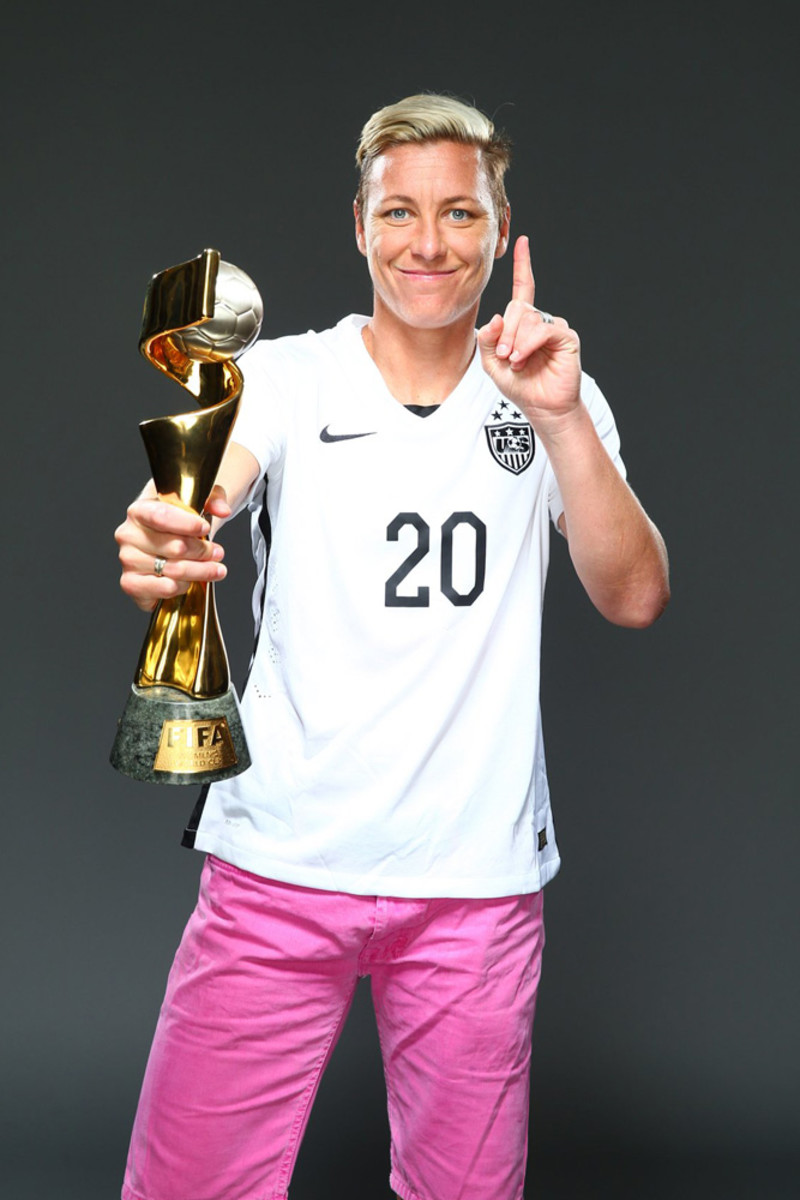
Alex Morgan
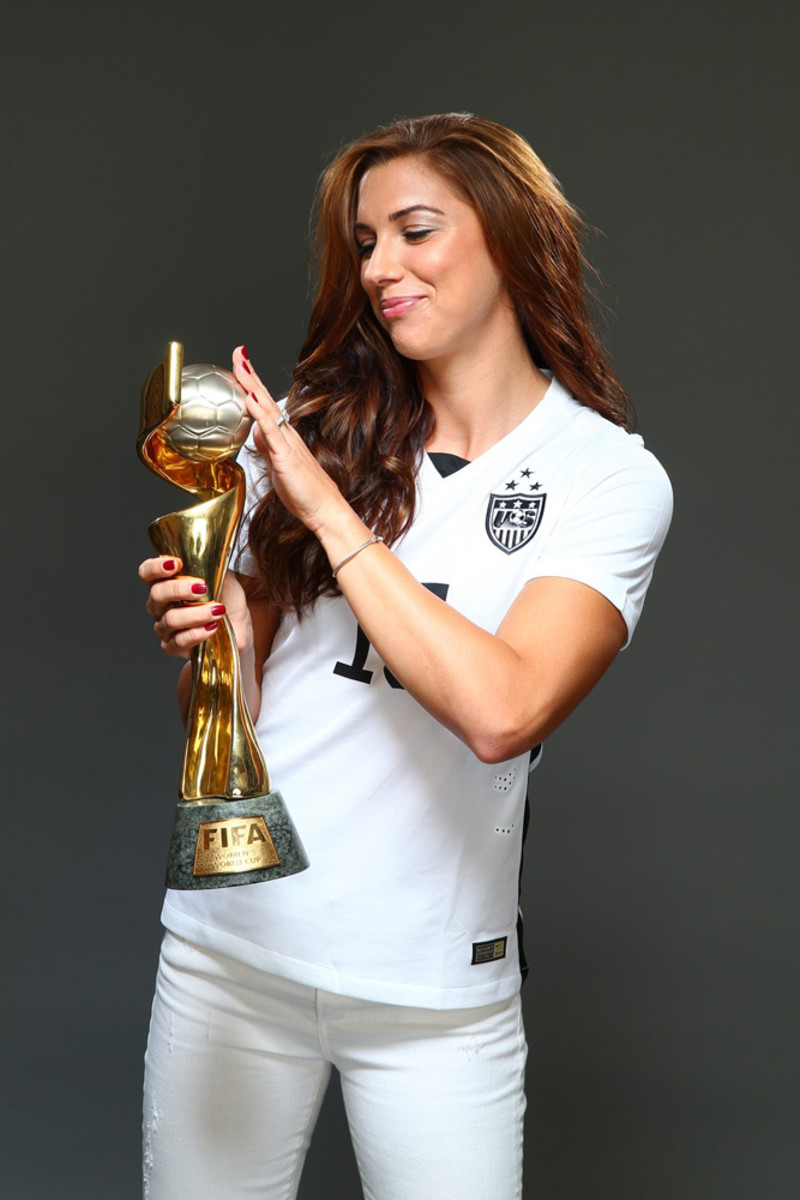
Alex Morgan
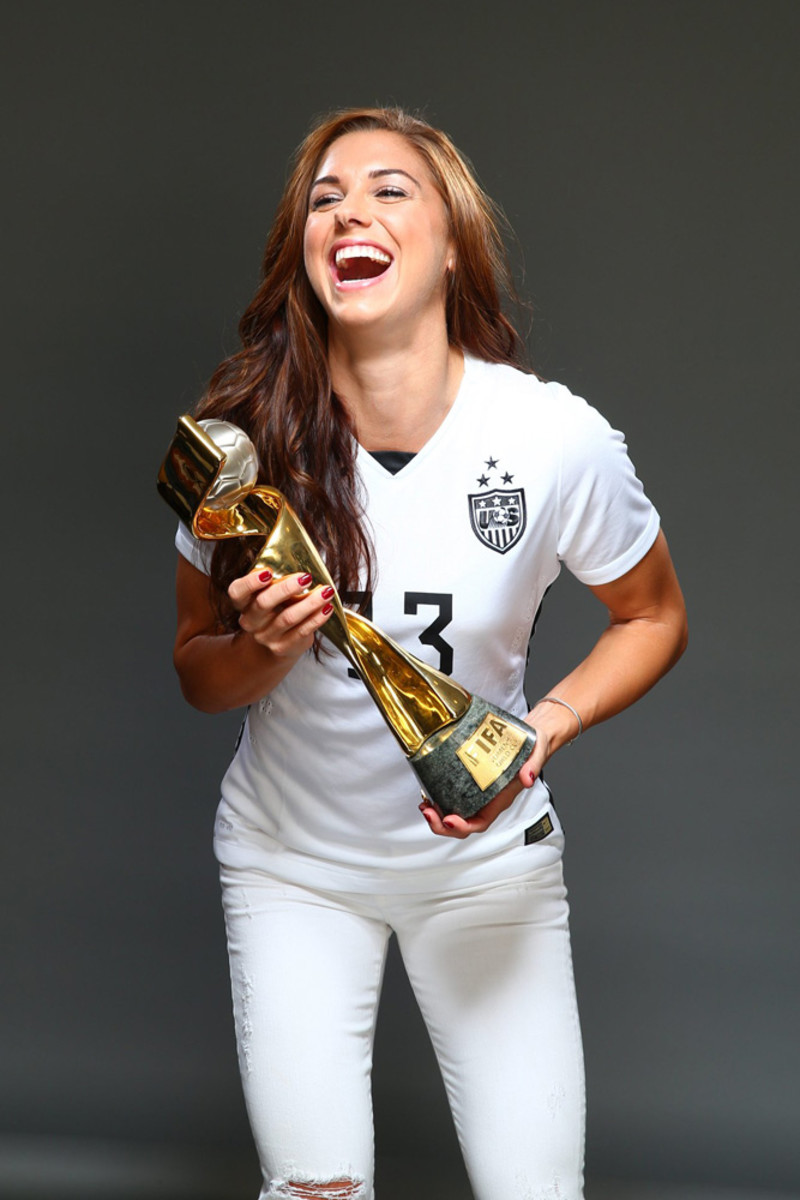
Meghan Klingenberg
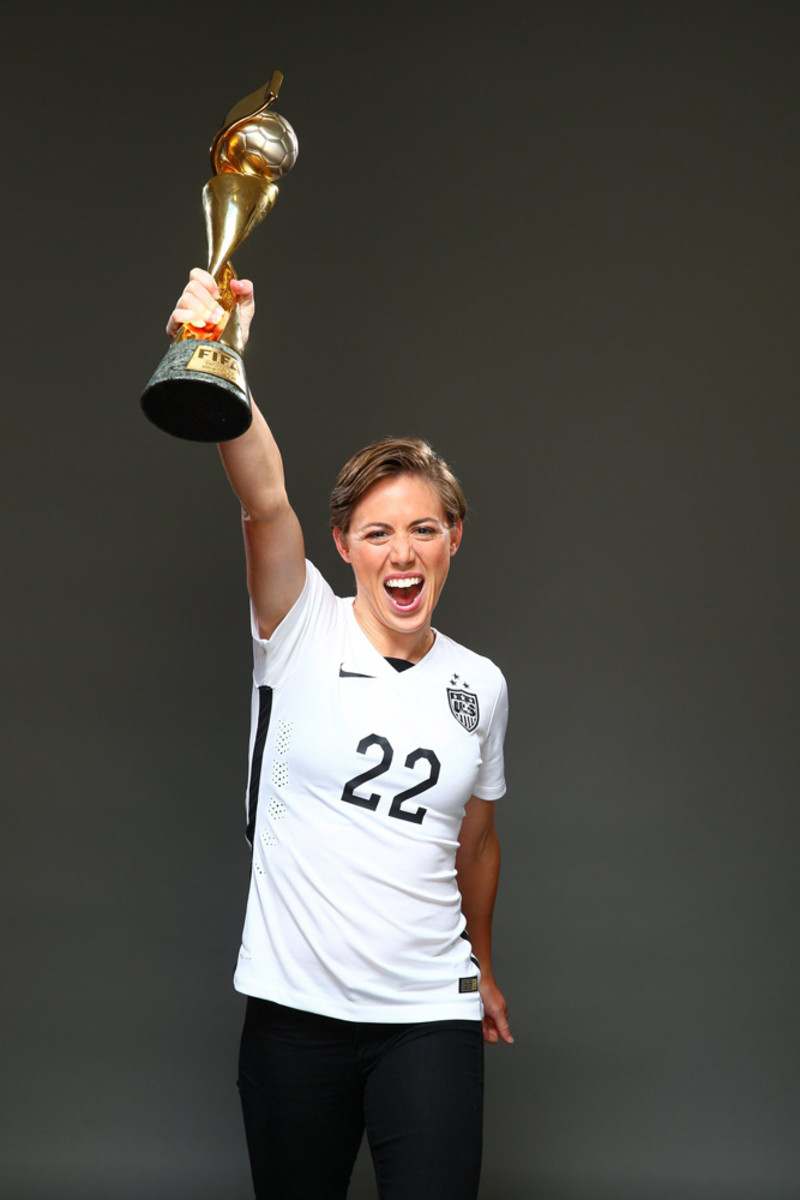
Ali Krieger
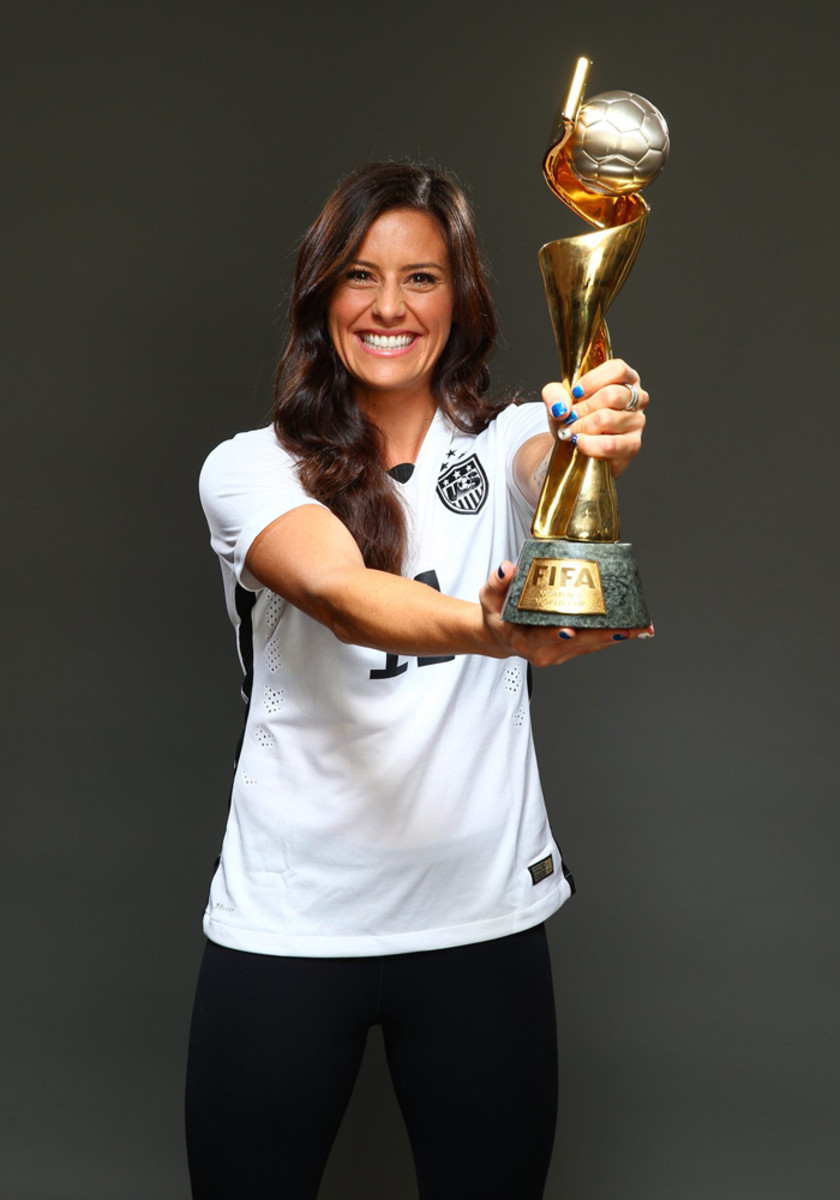
Tobin Heath
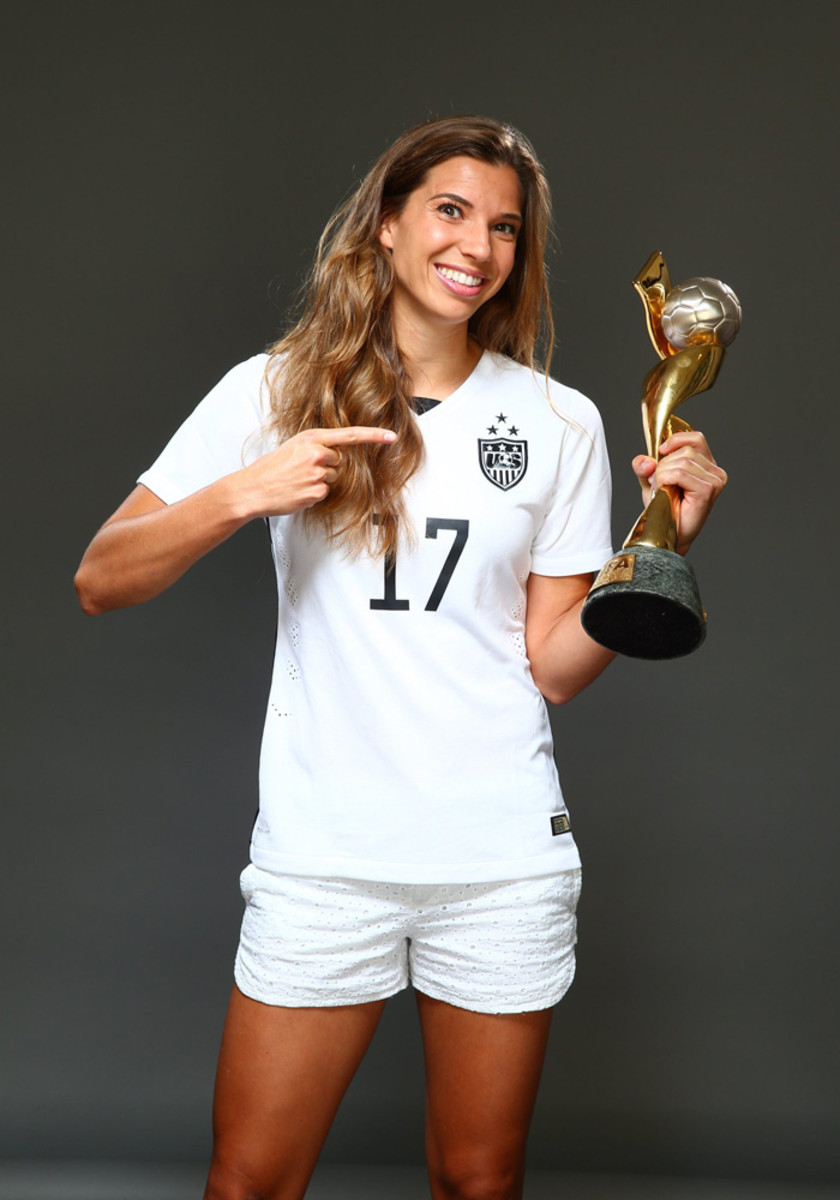
Alyssa Naeher
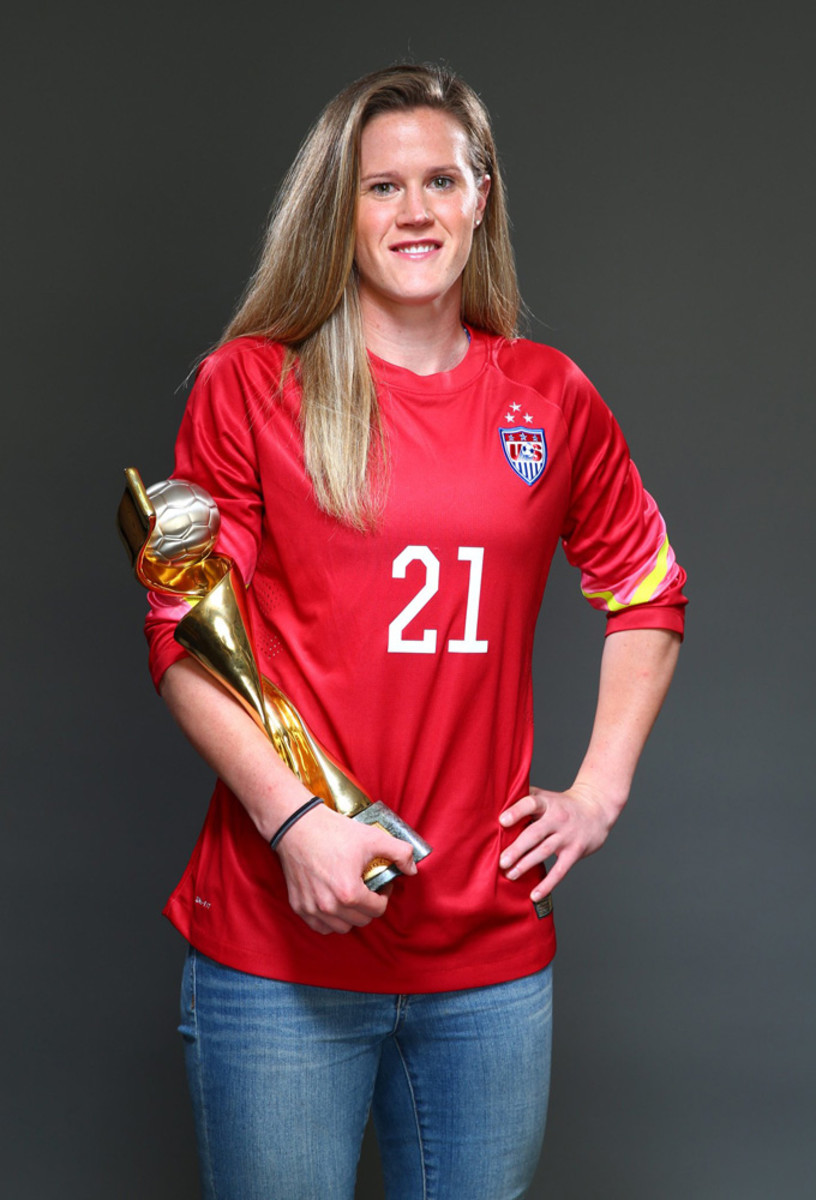
Sydney Leroux

Christie Rampone
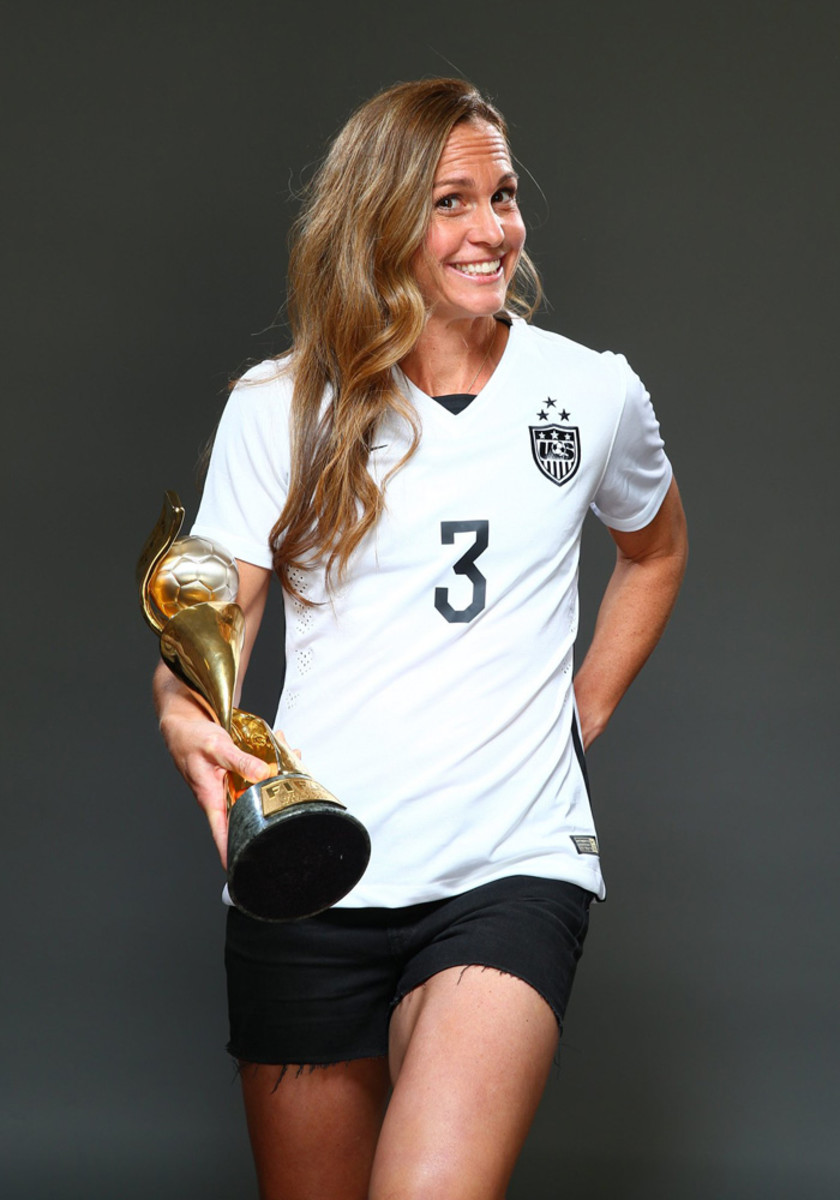
Christie Rampone
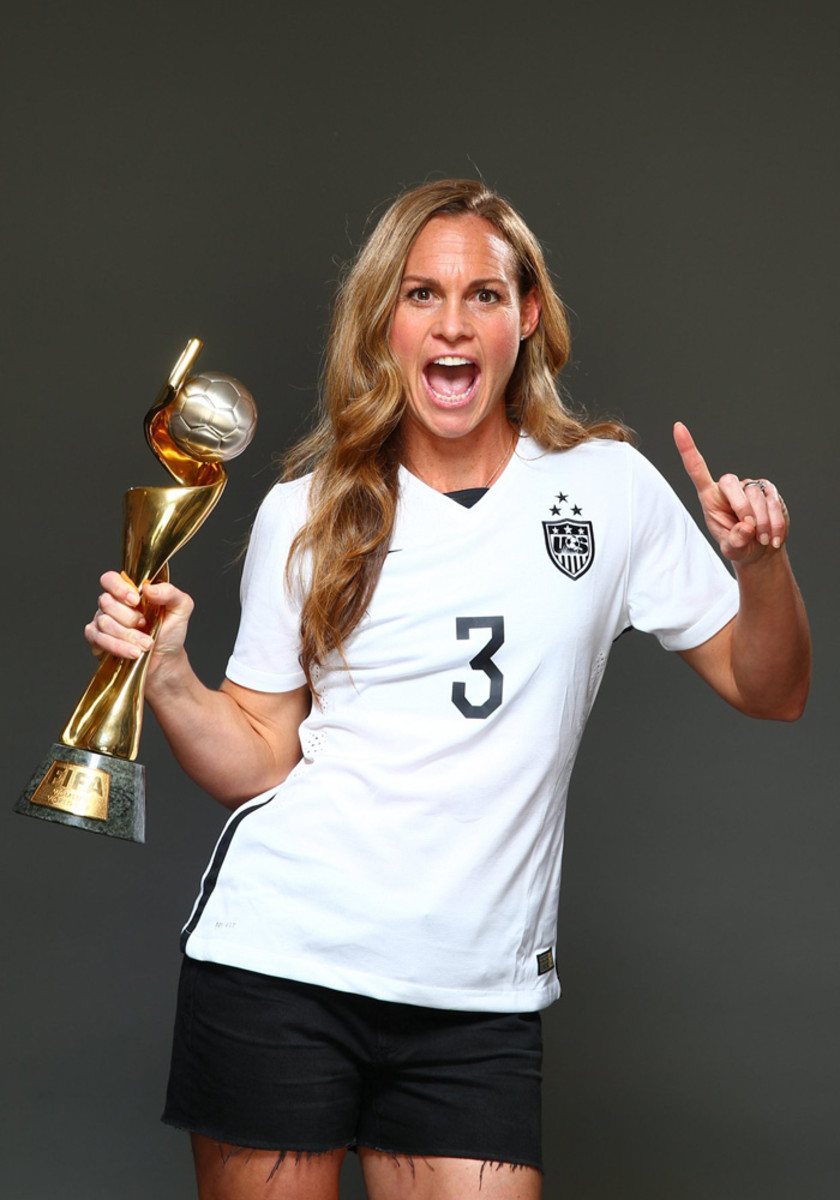
Heather O'Reilly
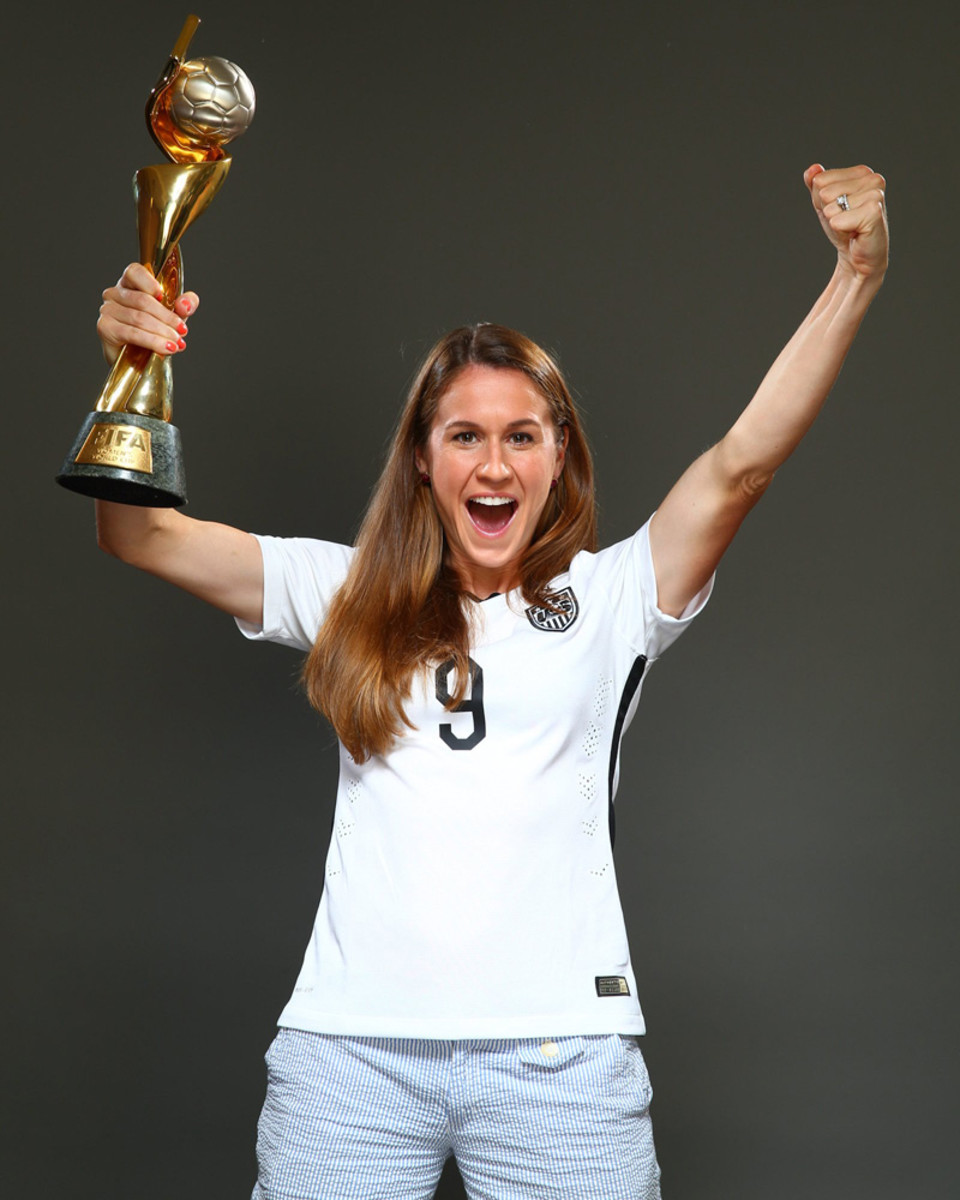
Hope Solo
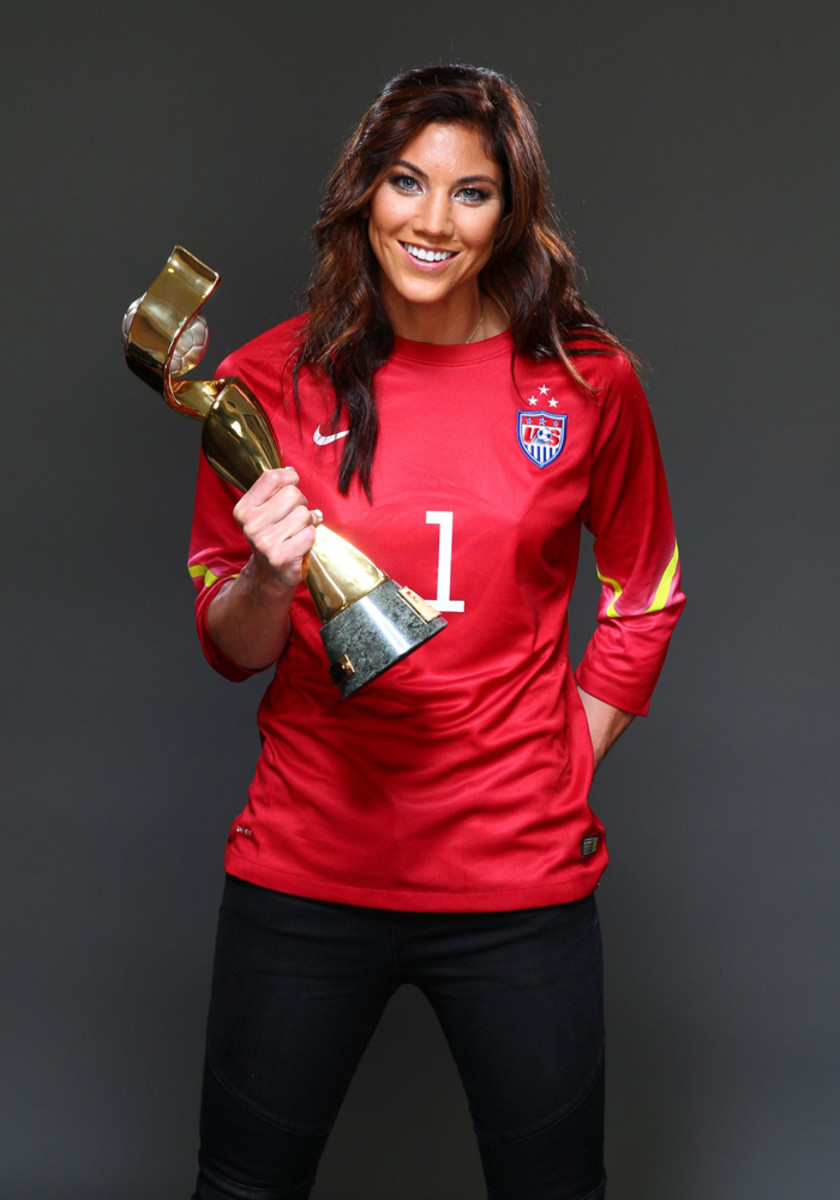
Ashlyn Harris
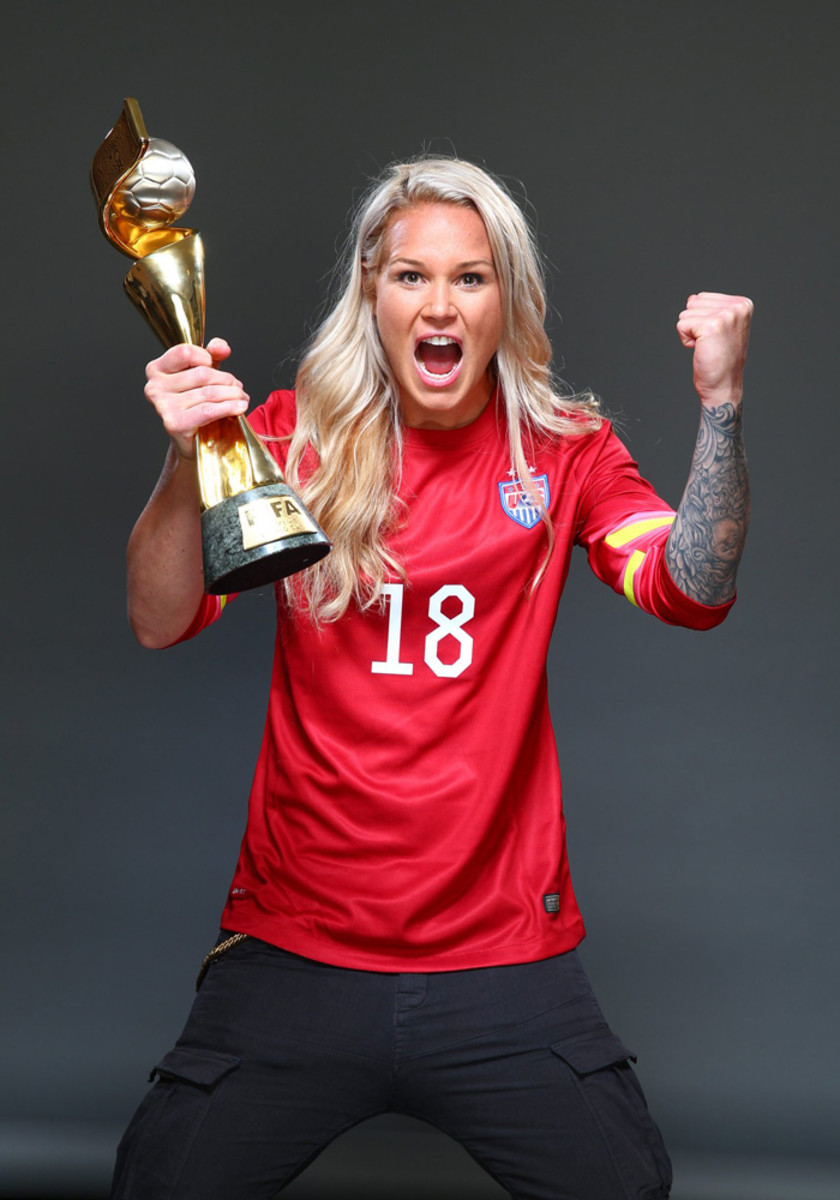
Lori Chalupny
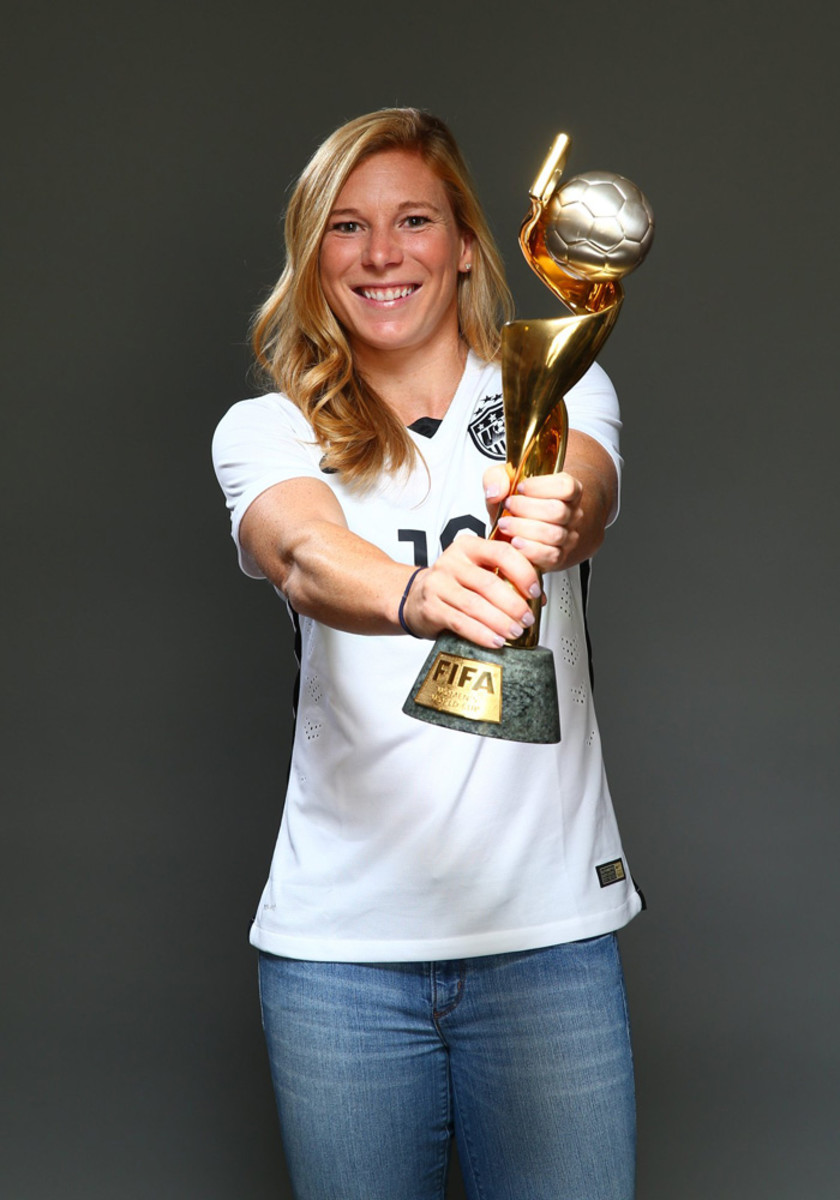
Whitney Engen
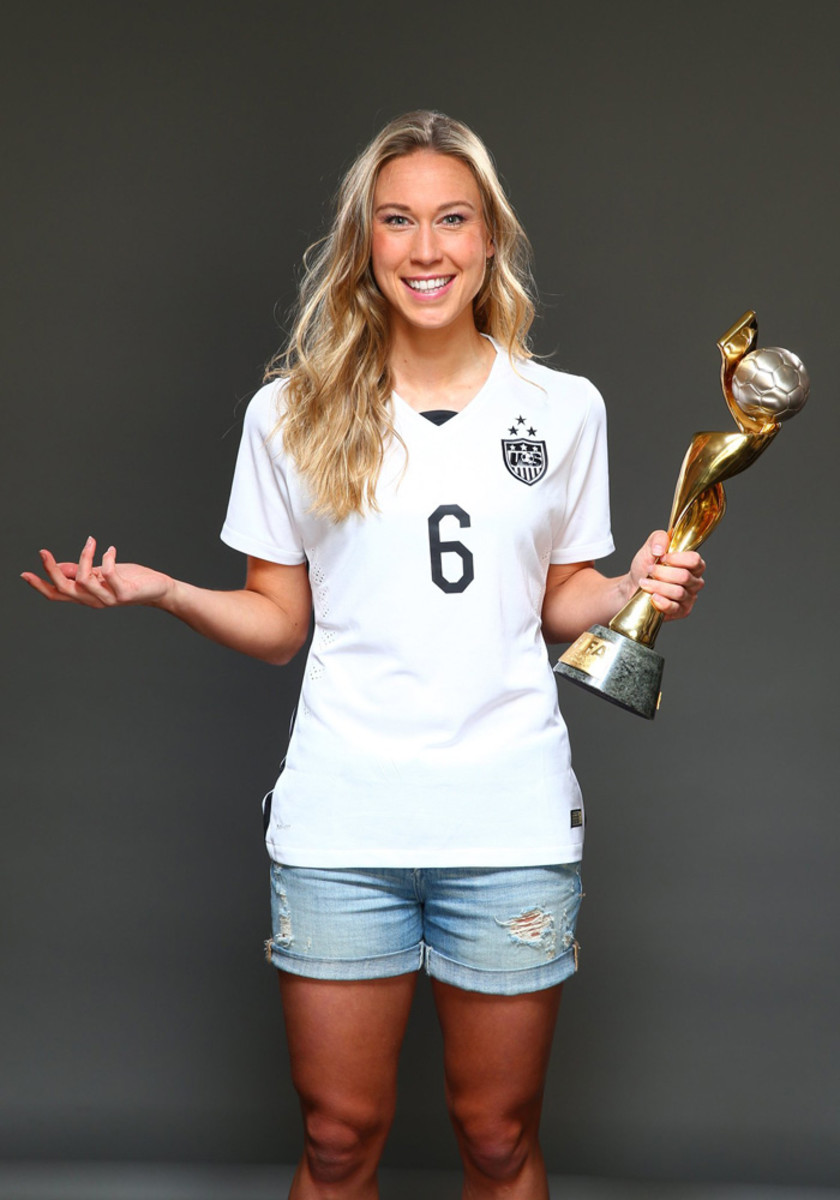
Morgan Brian
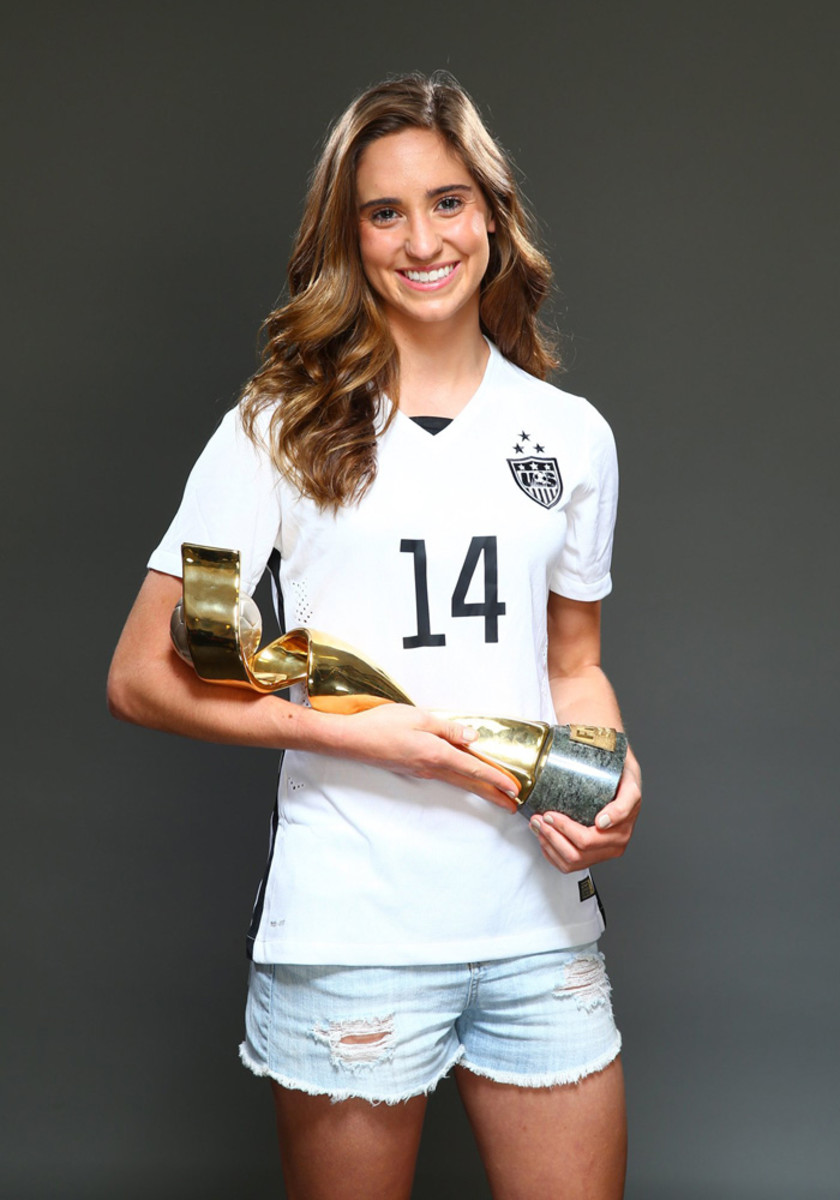
Julie Johnston
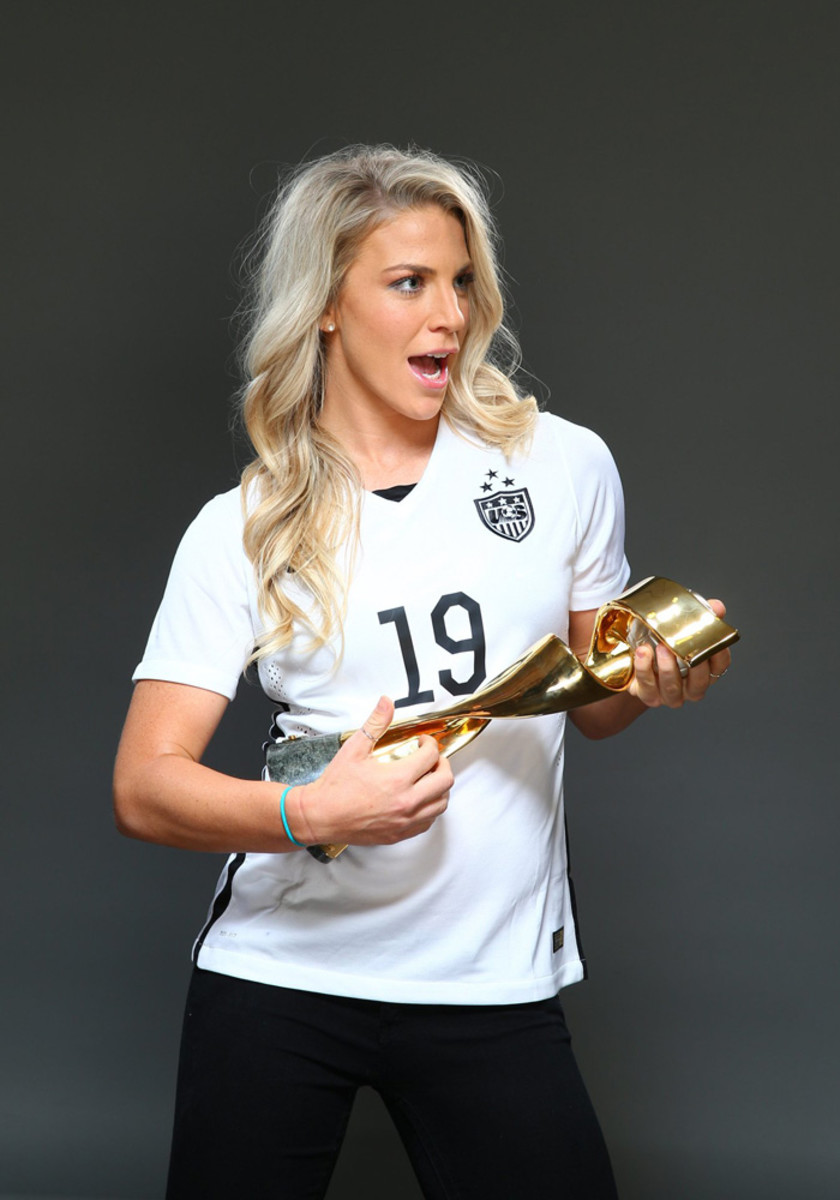
Christen Press
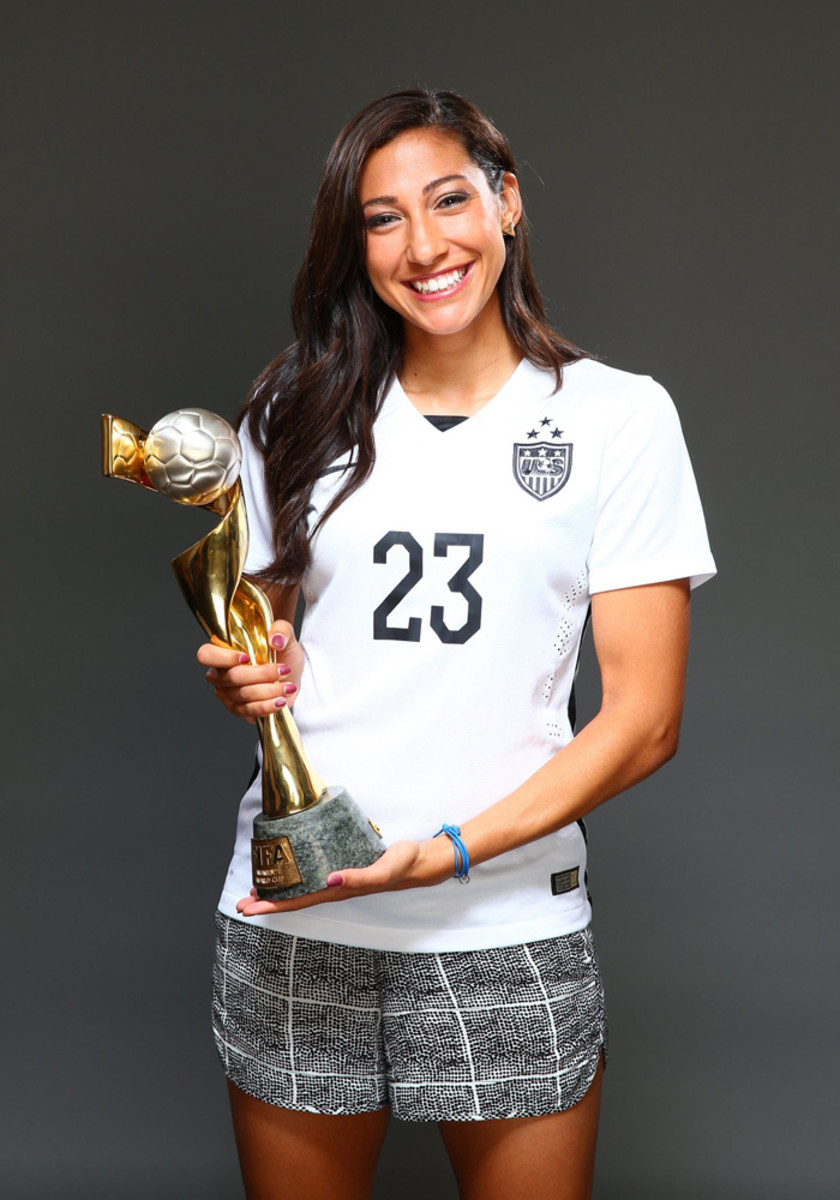
Amy Rodriguez
